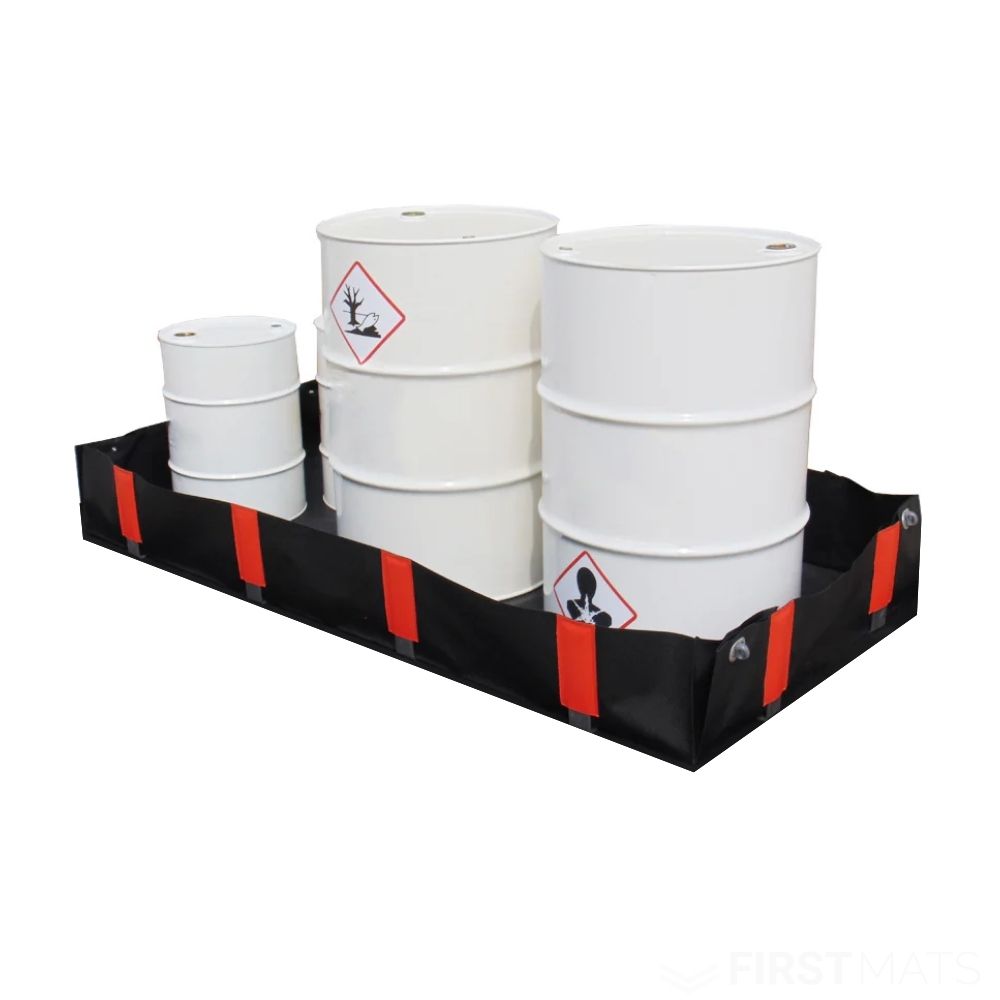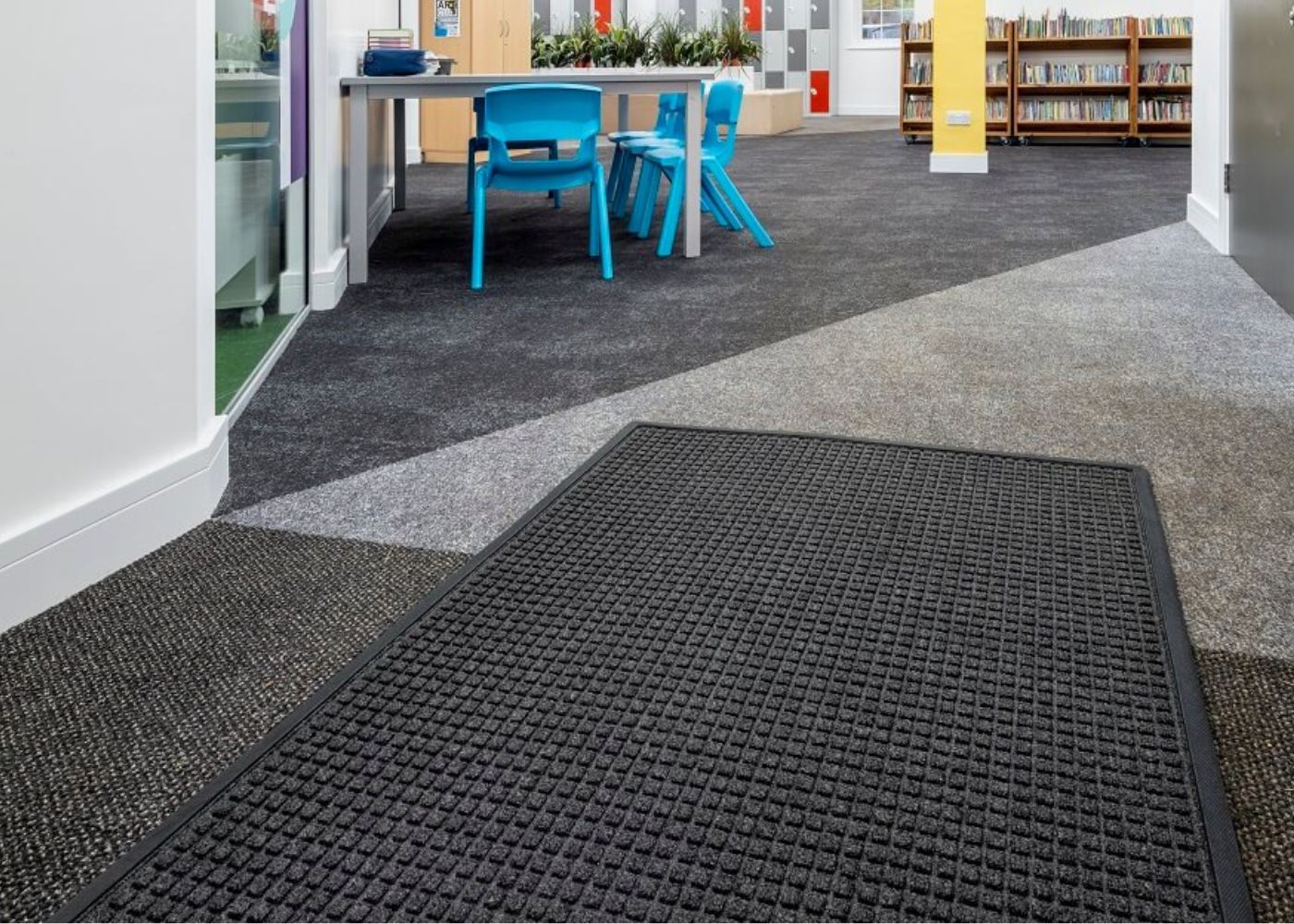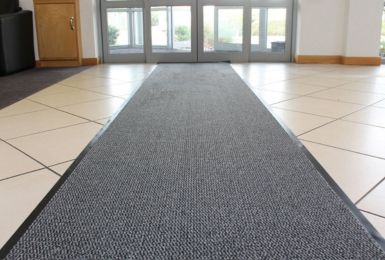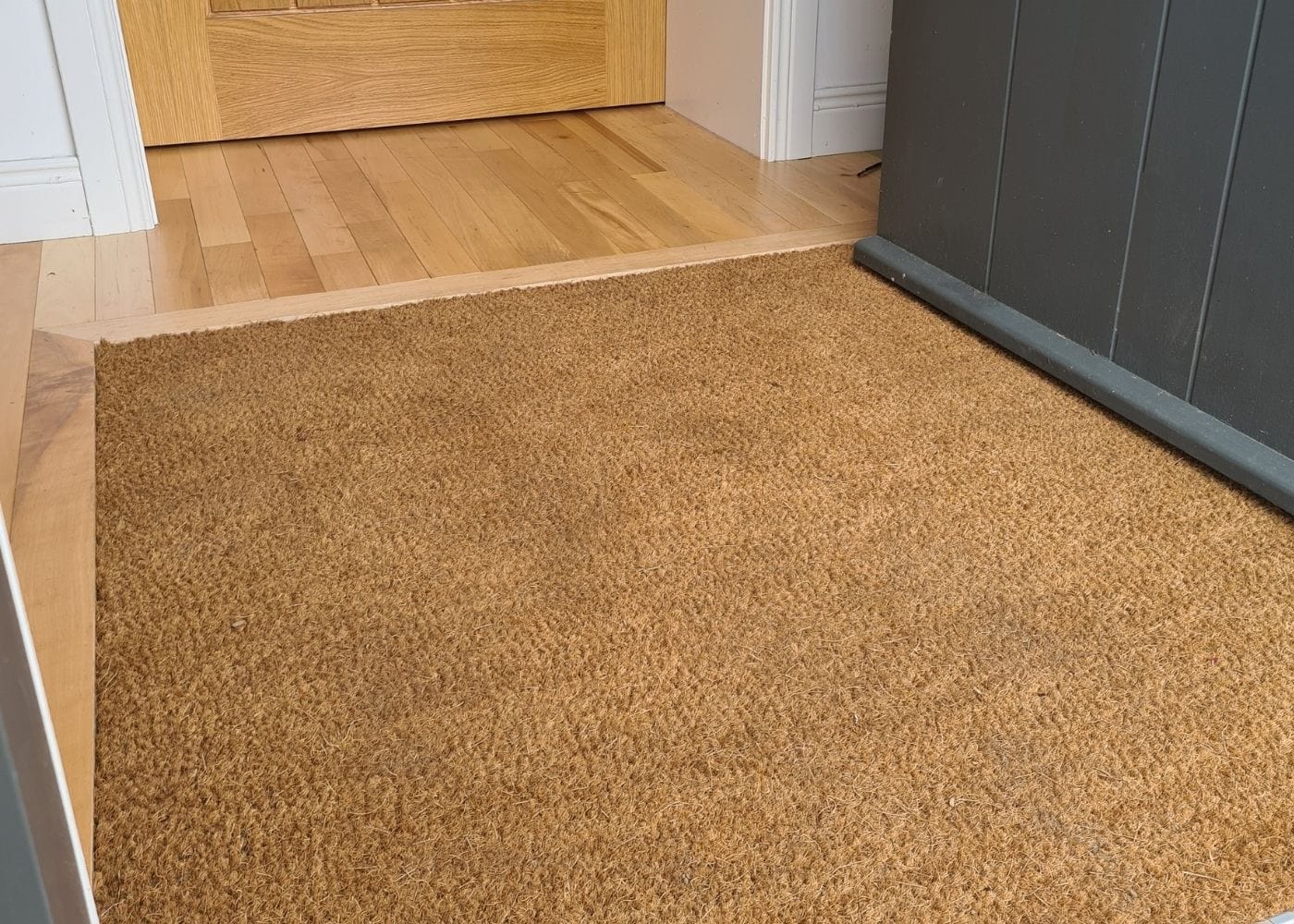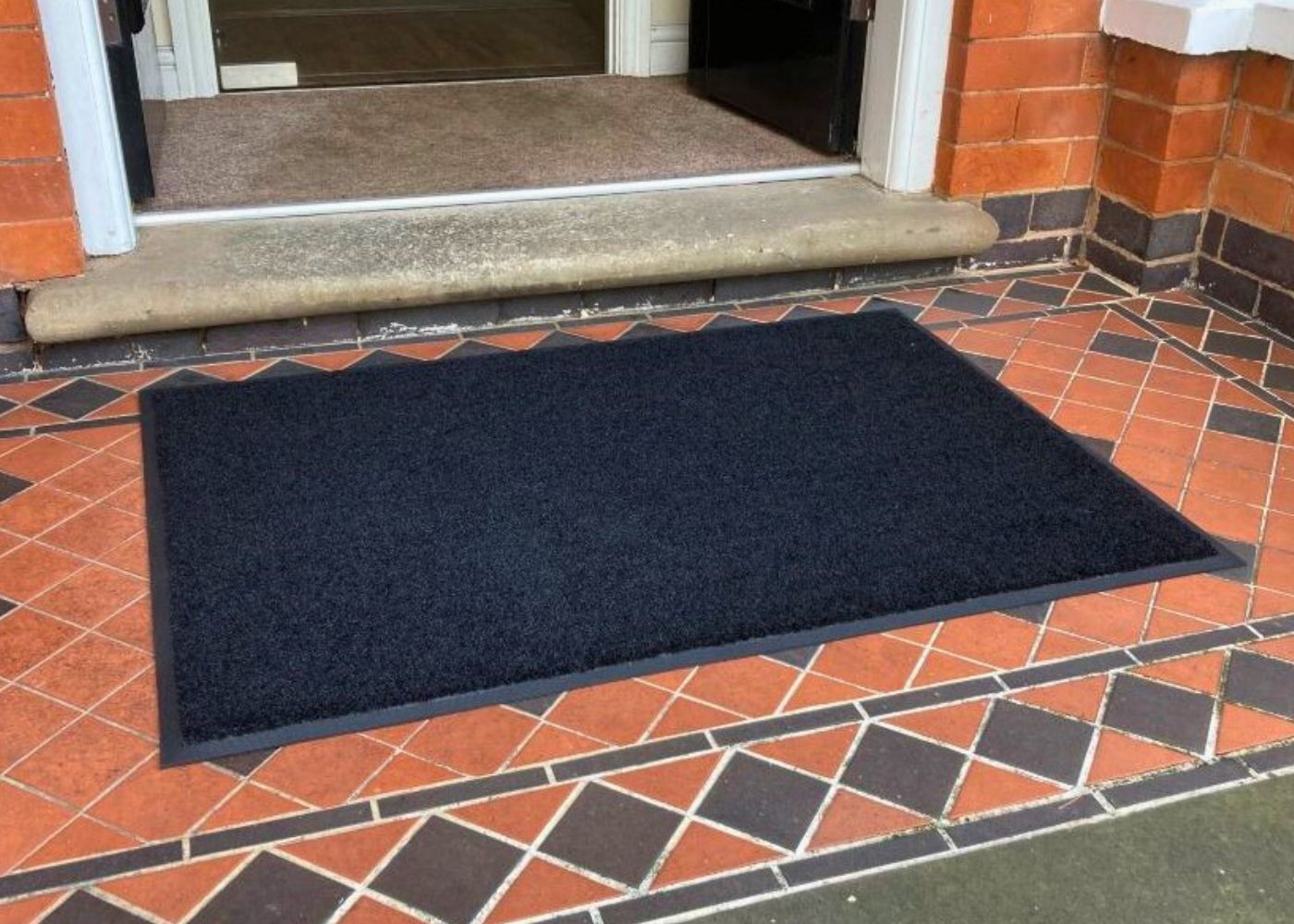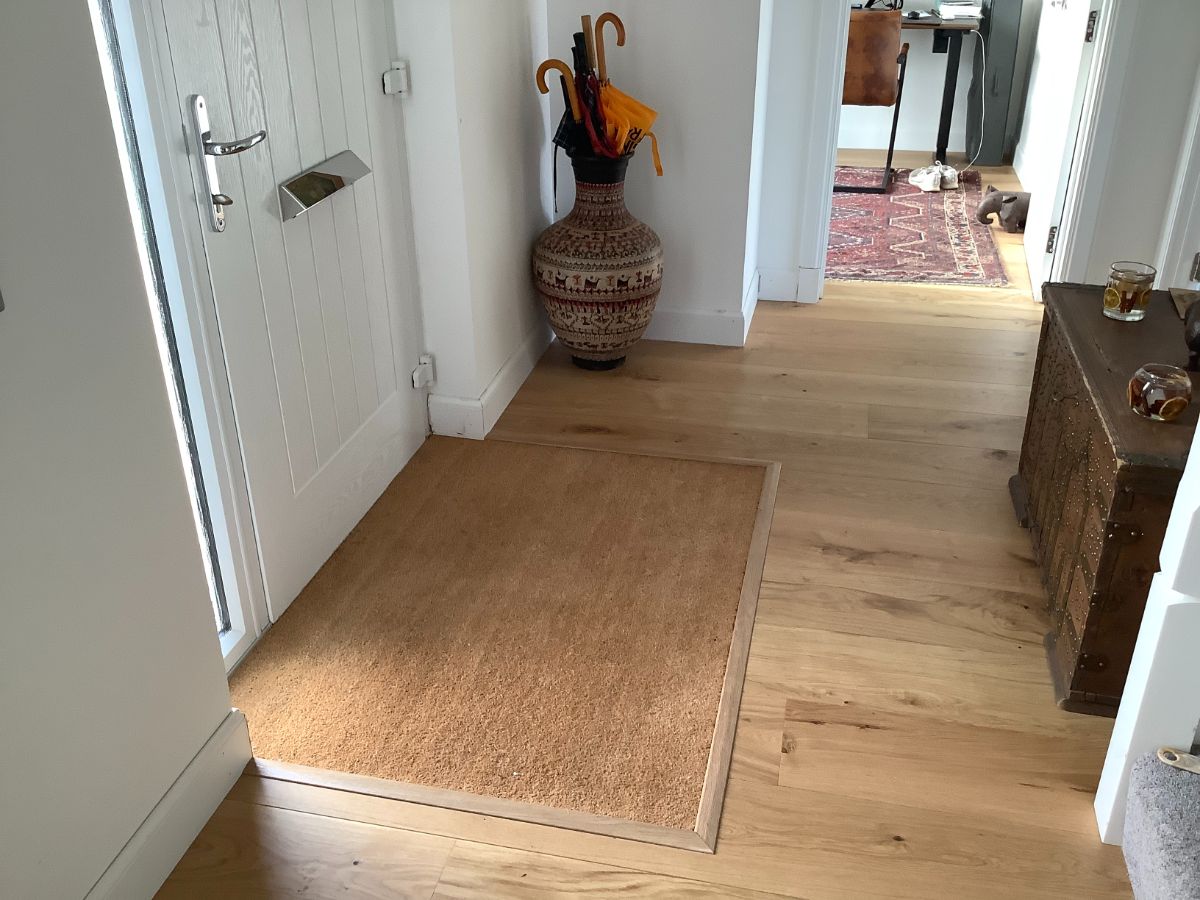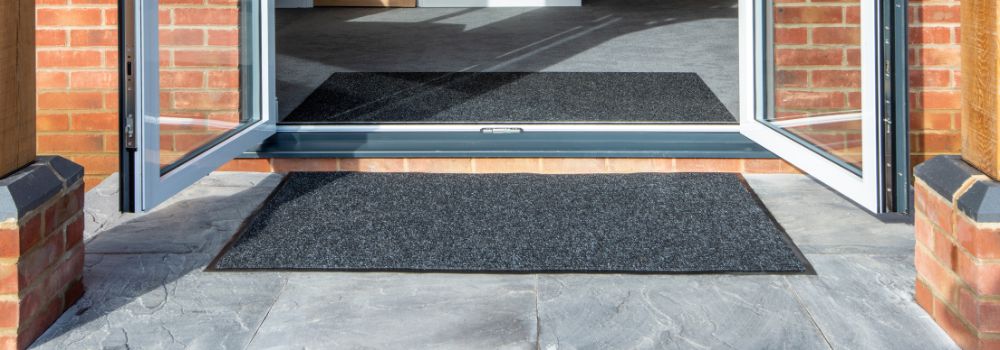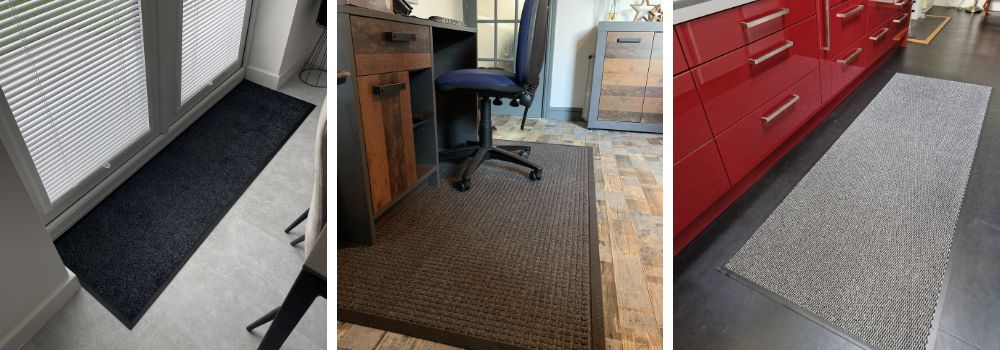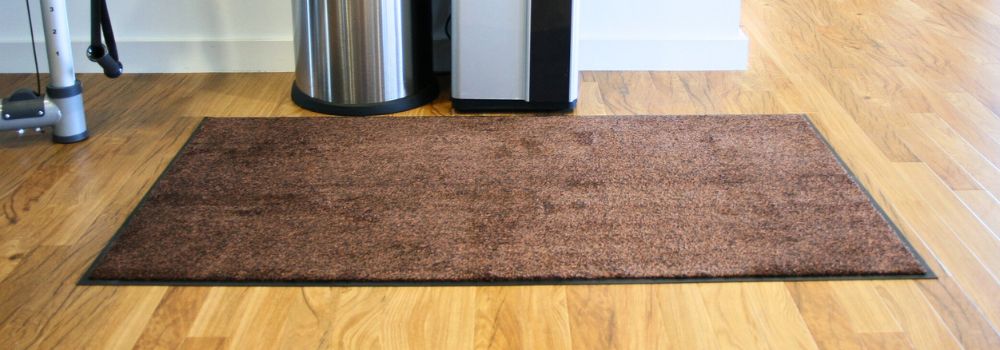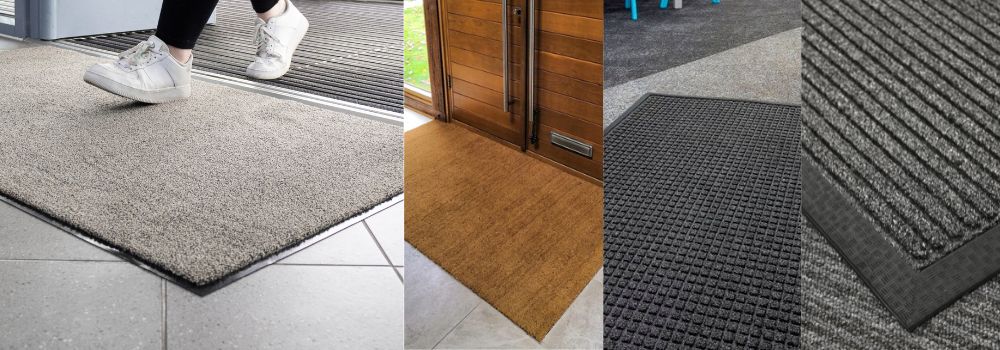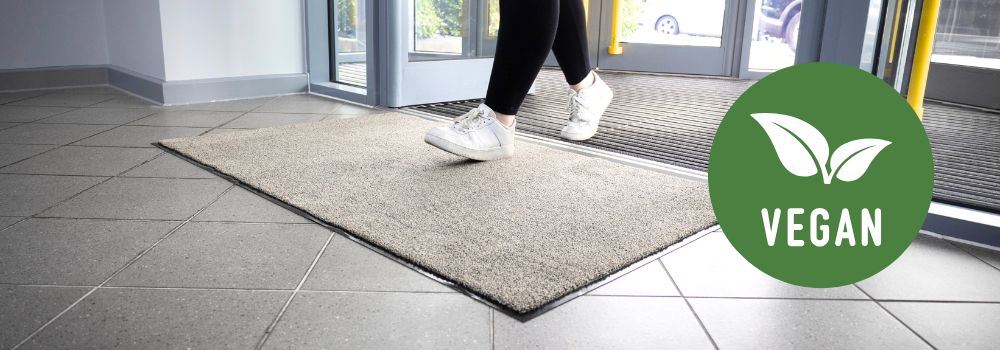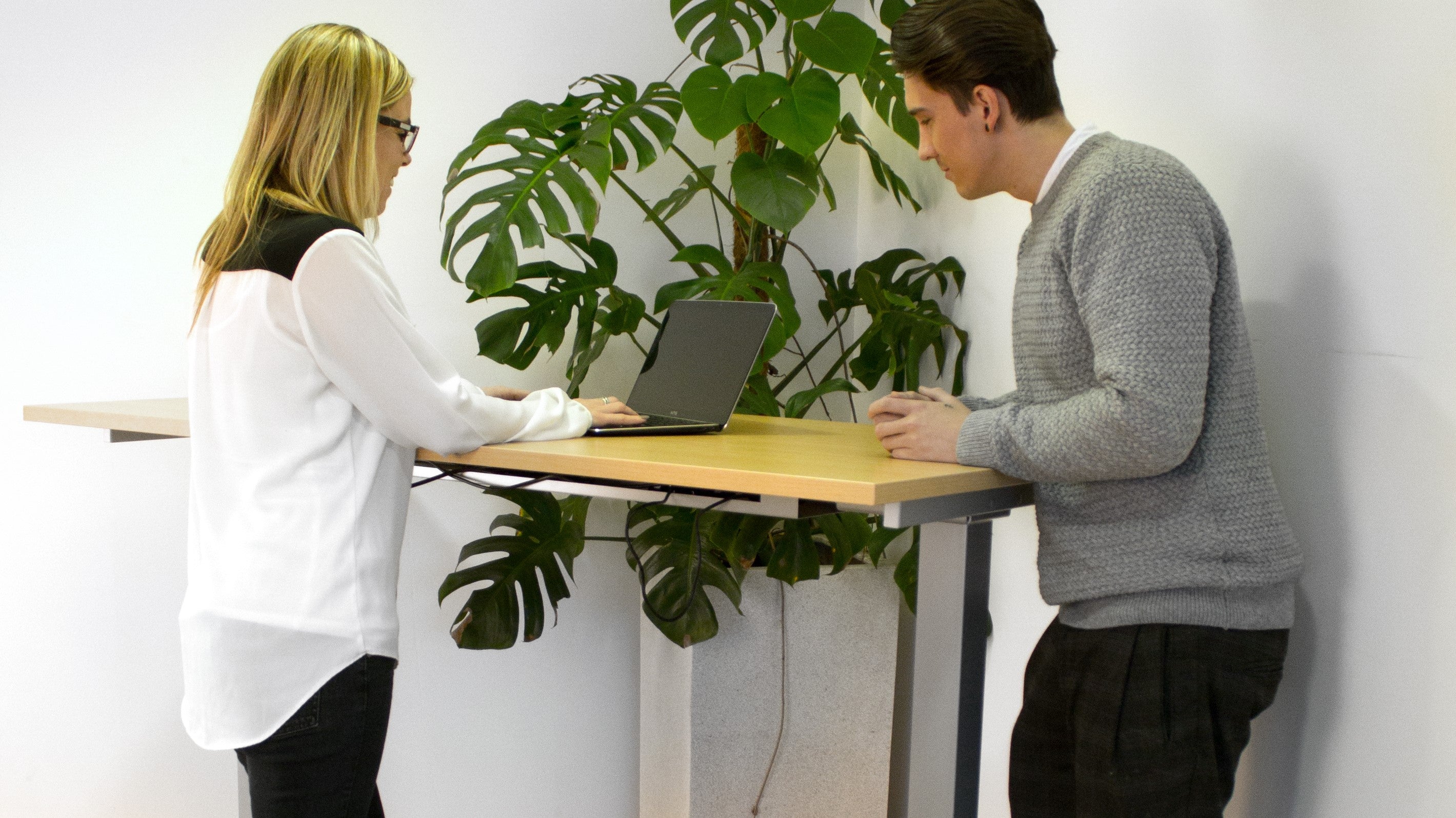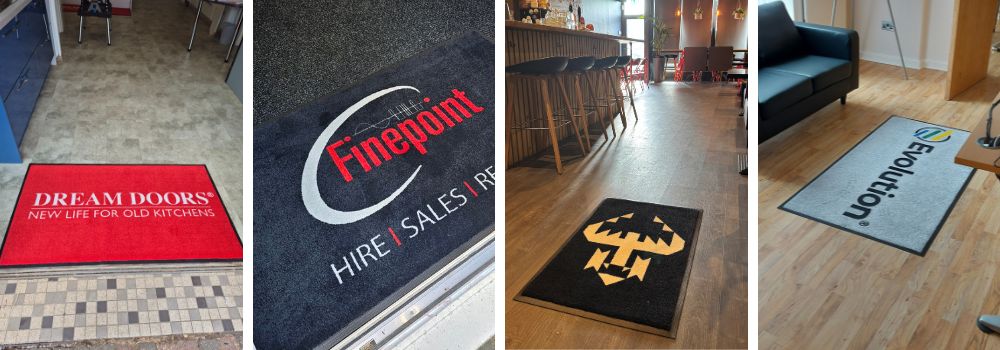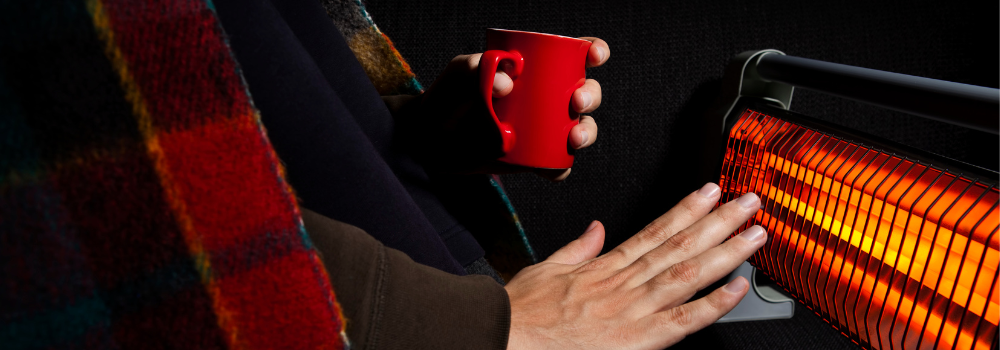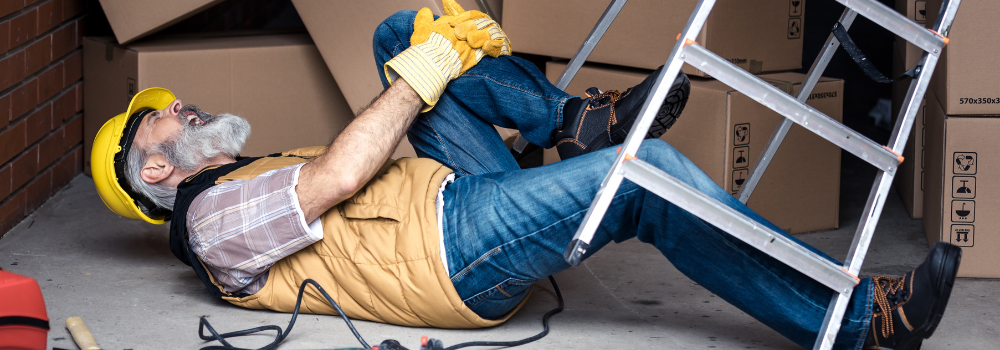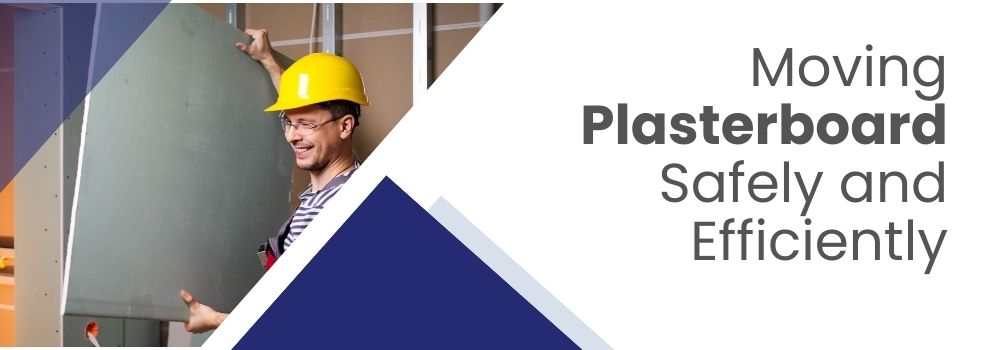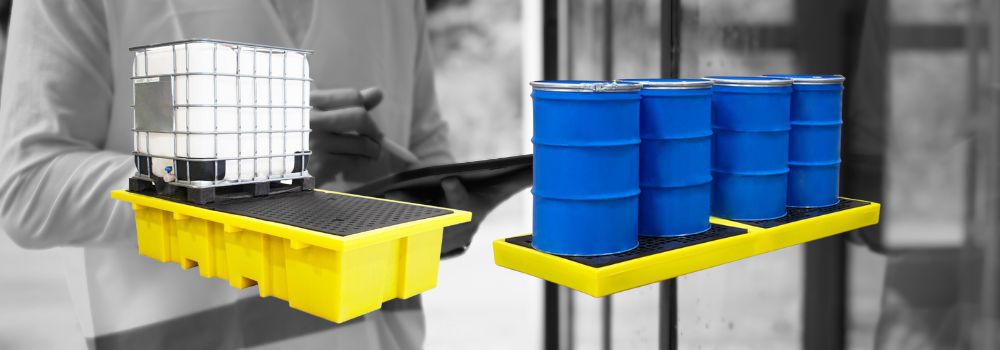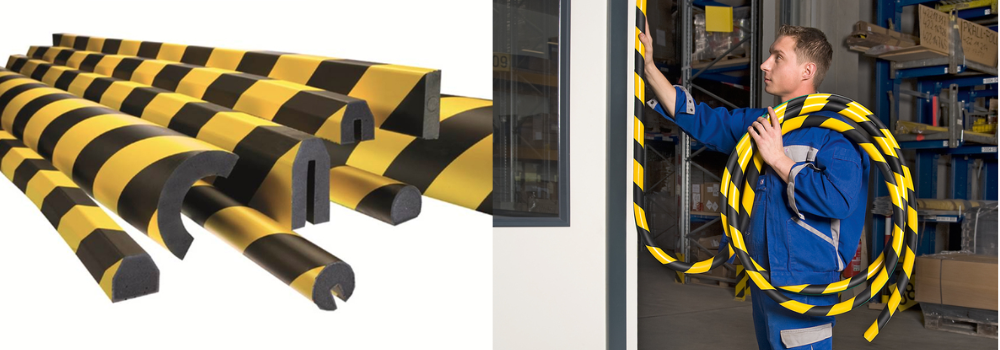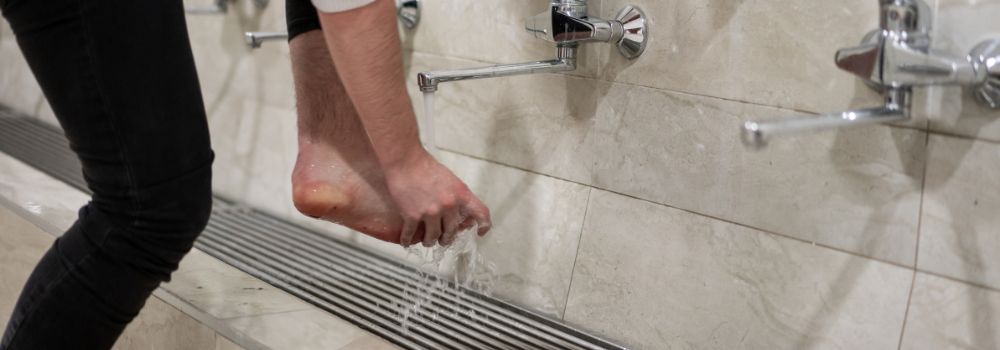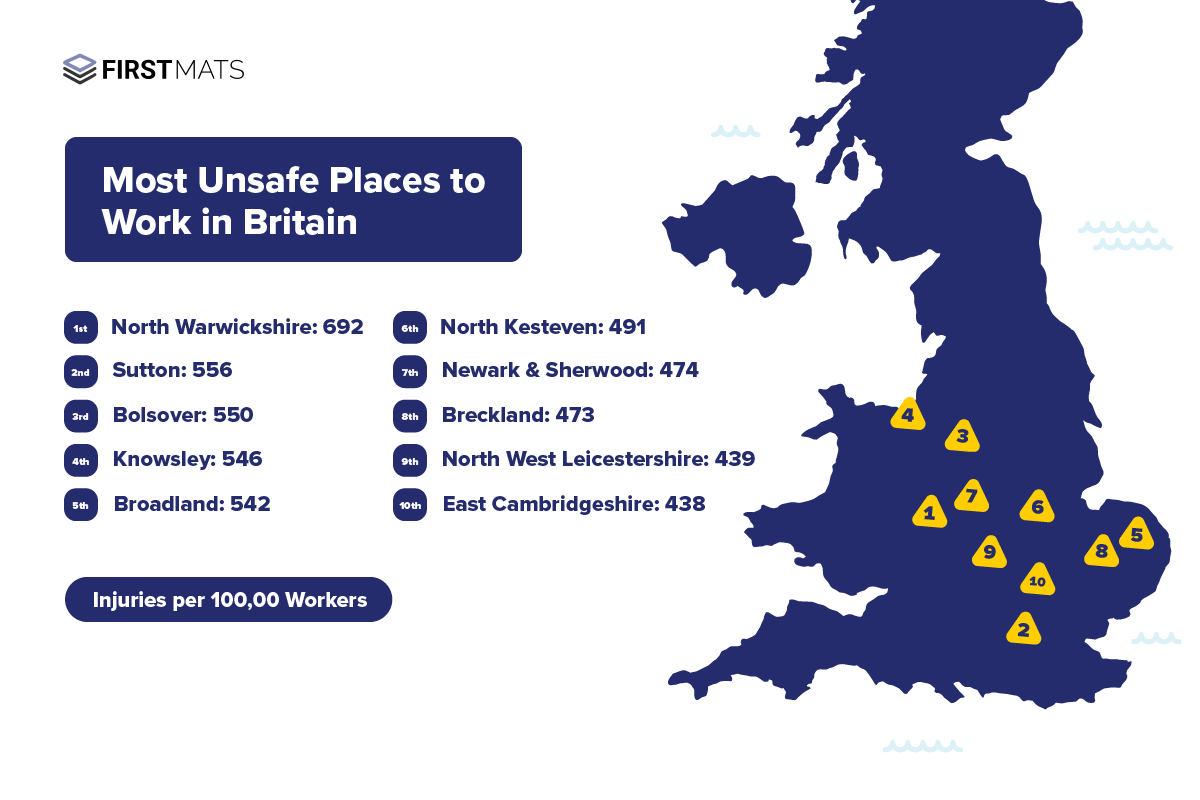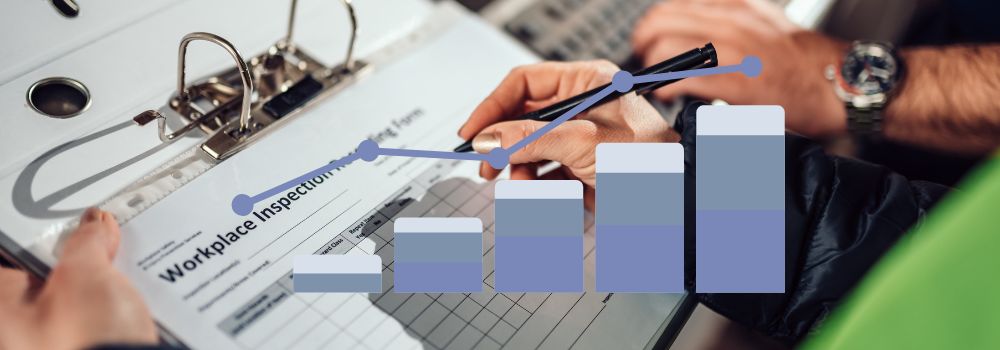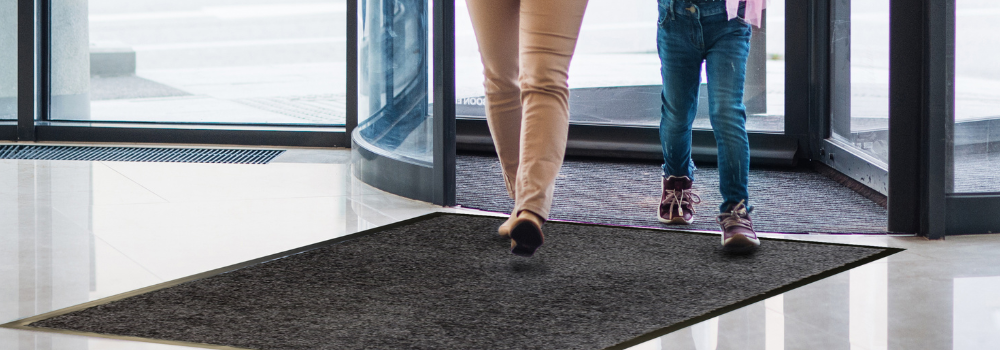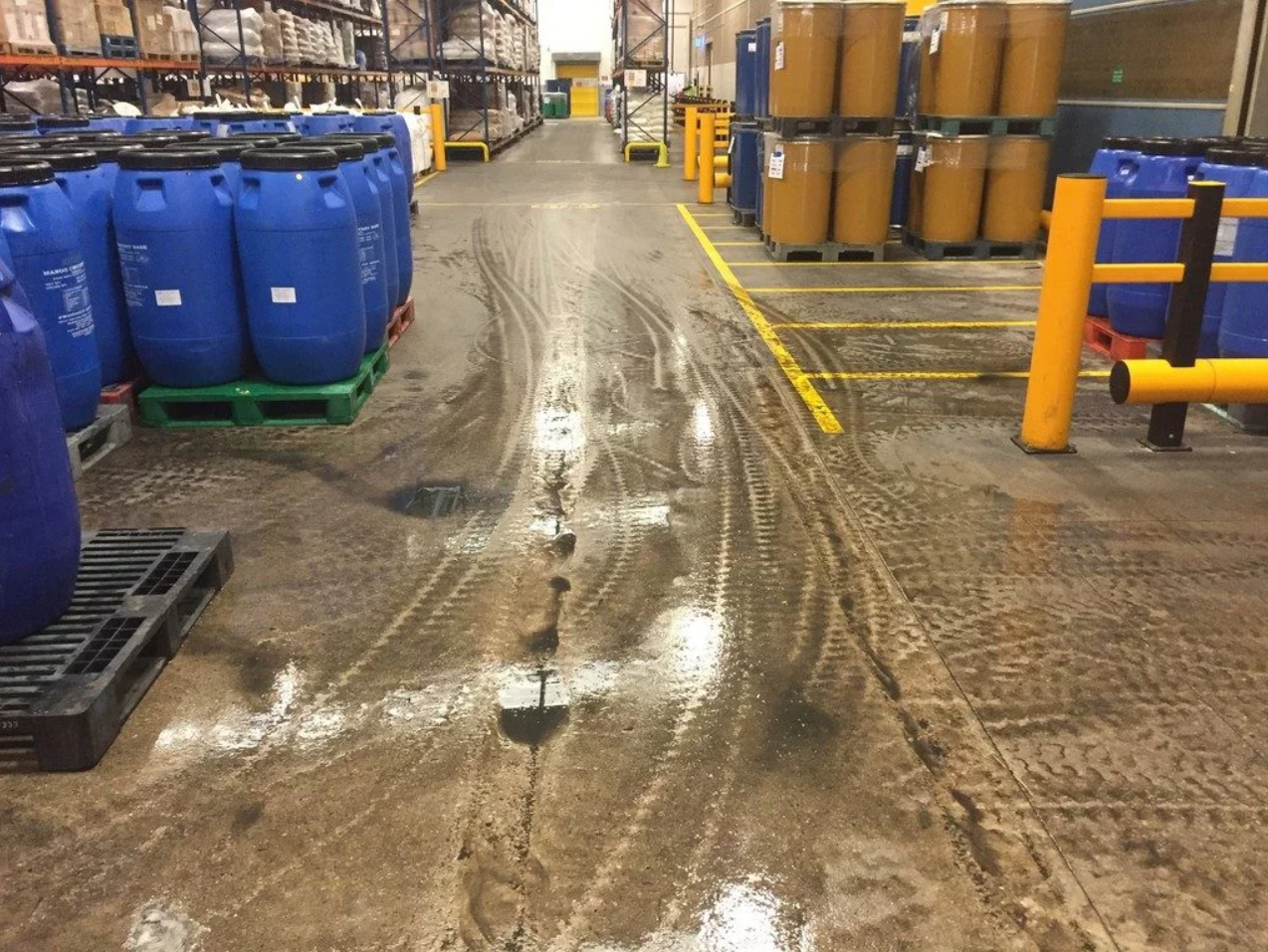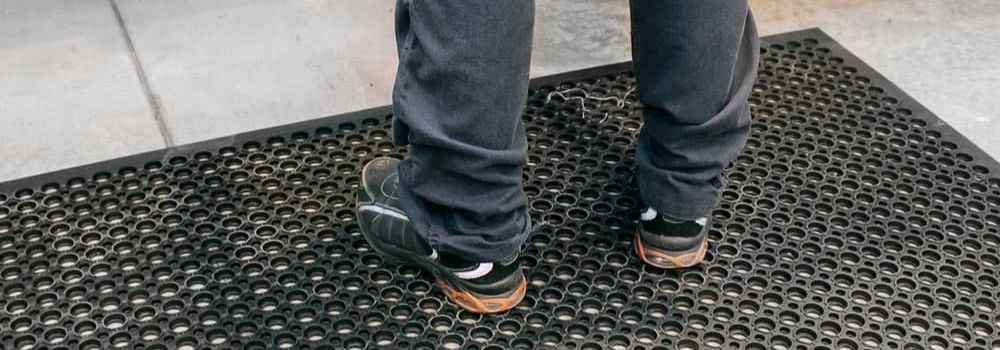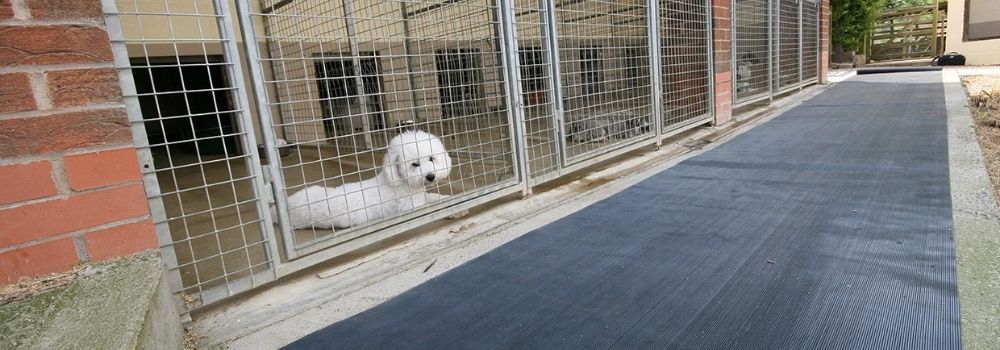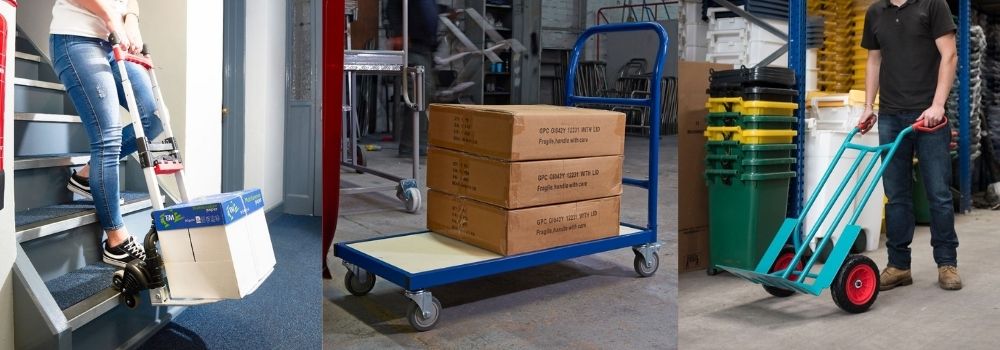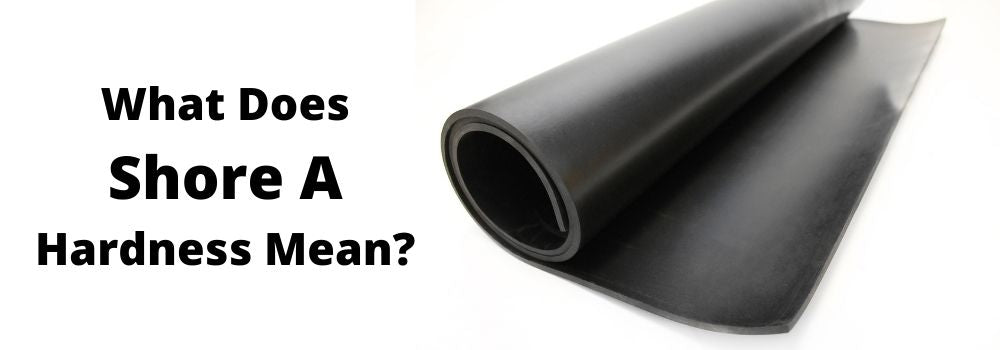Tips for Moving Plasterboard Safely and Efficiently

by Richard O'Connor
Jul 14, 2023 | *5 minutes to readPlasterboard, also known as drywall, is a common material used in construction and renovation projects. While it's a versatile and useful material, moving plasterboard can be challenging due to its size and fragility. In this article, we'll share tips for moving plasterboard safely and efficiently.
UK Legislation on Safe Handling of Plasterboard
Before we delve into the tips for moving plasterboard safely and efficiently, it's important to understand the UK legislation that governs these activities. The Health and Safety at Work etc. Act 1974 (HSWA) mandates employers to take measures to prevent risks to the health and safety of their employees. This includes risks associated with manual handling tasks, such as lifting and carrying plasterboard.
The Manual Handling Operations Regulations 1992 (MHOR) provide specific guidance on assessing and controlling the risks of manual handling. These regulations include several recommendations for moving plasterboard safely, such as using lifting equipment and avoiding lifting plasterboard above shoulder height.
Adhering to these regulations is not only a legal requirement but also a crucial step in ensuring the safety of employees. By understanding and implementing these guidelines, employers can significantly reduce the risk of workplace injuries associated with moving plasterboard.
Tips for Moving Plasterboard Safely and Efficiently
Use the Right Equipment
The first step to moving plasterboard safely and efficiently is to use the right equipment. Plasterboard Trolleys are designed specifically for this purpose. These trolleys can carry multiple sheets of plasterboard at once, reducing the number of trips needed and speeding up the process. They also ensure the plasterboard is transported safely, reducing the risk of damage.
Proper Lifting Techniques
When manually handling plasterboard, it's important to use proper lifting techniques. Always bend at the knees, not the waist, and use your legs to lift. Keep the plasterboard close to your body, and avoid twisting your body while carrying it. If the plasterboard is too heavy or awkward to carry, don't attempt to lift it alone - get help or use a trolley.

Protect the Edges
The edges of the plasterboard can be quite fragile, and damage to these edges can make the plasterboard unusable. Protect the edges by using corner protectors or by stacking the plasterboard on edge protectors. When using a trolley, ensure the plasterboard is securely strapped in to prevent movement that could damage the edges.
Plan Your Route
Before moving the plasterboard, plan your route. Make sure the path is clear of obstacles and that there's enough room to manoeuvre the plasterboard or trolley. If you're using a trolley, check that it can fit through doorways and around corners.
Store Safely
Once you've moved the plasterboard, it's important to store it safely. Plasterboard should be stored flat in a dry, covered area to prevent damage from moisture. If you're storing multiple sheets, stack them on a flat surface and ensure the stack is stable.
Carrying Plasterboard on Your Own
When carrying a sheet of plasterboard on your own, it's important to use the correct technique. For short distances, large boards can be safely carried under your arm. Start by lifting from the centre of the sheet, facing the direction you need to go. Bend your knees into a squat and position your hand so that it is on the top of the board, with the board tucked under your arm. Then, grab the top of the sheet with your other hand, stand up from the squatting position, and walk. This method ensures that the board's weight is distributed evenly and reduces the risk of injury.
Carrying Plasterboard with a Partner
If you're carrying a sheet of plasterboard with a partner, coordination is key. You should be at a similar distance from the end of the sheet to distribute the weight evenly. If the sheet is longer than average, move towards the centre of the sheet. Stand facing the sheet and use both hands to pick up the board as high as possible. As you do this, drop the carrying hand to the bottom of the board and position yourself to face the direction you need to walk in. The board should be leaning against your shoulder.

For most plasterboard sizes, the hand you are not using can rest at your side. However, with longer sheets, the free hand can assist with steadying the balance of the board. This method ensures that both you and your partner are sharing the load evenly, reducing the risk of injury and making the process more efficient.
Conclusion
Moving plasterboard can be challenging, but with the right techniques and equipment, it can be done safely and efficiently. Plasterboard Trolleys are an invaluable tool for this task, allowing for the quick, safe, and efficient transportation of plasterboard. By following these tips and adhering to UK legislation, you can ensure your plasterboard arrives at its destination in perfect condition, ready for use in your construction or renovation project.
Explore More Topics
Frequently Asked Questions
If you have any questions, we’re here to help
How long does delivery take?
Each product comes with a specified lead time for delivery. We'll keep you informed if there are any delays in meeting this timeline.
Typically, once you’ve finalised your order and approved the proof, it will take 4-5 business days to make and deliver your finished mat.
If my order is damaged, can I return or exchange it?
Got a problem with your order? If something's not right or you're not thrilled with the quality, just let us know within 14 days of getting it. Drop us a line, and we'll tell you what to do next—usually, it starts with you sending us a photo of the issue. Once we check that out, we'll sort you out with a refund or a new item, no fuss.
Can I get my mat delivered more quickly?
Need your item in a hurry? Just Contact us to explore the faster delivery options we might have for you!
If my custom mat is damaged, can I return or exchange it?
Got a problem with your order? If something's not right or you're not thrilled with the quality, just let us know within 14 days of getting it. Drop us a line, and we'll tell you what to do next—usually, it starts with you sending us a photo of the issue. Once we check that out, we'll sort you out with a refund or a new item, no fuss.





